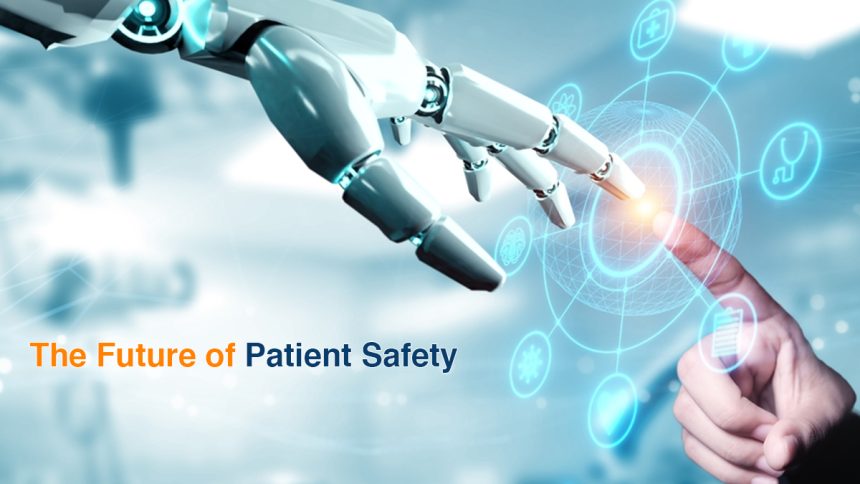Patient safety is a universal concern in healthcare, and the advent of new technologies has offered promising solutions to reduce risks and improve outcomes. Between 2020 and 2024, various technological advancements have significantly enhanced how healthcare is delivered, monitored, and managed. This blog explores the crucial role of Technology in improving patient safety.
1.Telehealth and Telemedicine: Telehealth has seen rapid growth, mainly driven by the COVID-19 pandemic. This Technology has allowed patients to get medical advice from the safety of their homes, lowering exposure risks and ensuring ongoing care. According to a 2021 report by McKinsey, telehealth use leveled off at 38 times higher than before the pandemic. Telehealth platforms have added advanced security measures to protect patient data and improve the quality of remote diagnoses and treatment plans.
2.Electronic Health Records (EHRs) Electronic Health Records (EHRs) have streamlined how healthcare providers store and share patient information. Modern EHR systems integrate alerts to flag potential drug interactions, allergies, and other health risks, thus significantly reducing medical errors. A study published in the Journal of Patient Safety in 2022 highlights that EHR implementation can reduce adverse drug events by approximately 50%.
3.Medication Error-Capture Software Medication errors are a significant concern in healthcare. Various software solutions have been developed to capture and prevent these errors, improving patient safety. For instance, software like MedAware uses advanced algorithms to detect and prevent potentially harmful medication errors by analyzing patient data and identifying patterns that indicate errors. According to a recent study published in PLOS ONE in 2023, MedAware reduced medication error rates by 30% in clinical settings.
4.Artificial Intelligence and Machine Learning Artificial Intelligence (AI) and Machine Learning (ML) are revolutionizing patient safety by providing predictive analytics that foresee potential complications. These technologies analyze vast datasets to identify patterns that human eyes might miss, thus proactively addressing issues such as sepsis, patient falls, and hospital-acquired infections. A 2023 study by the Mayo Clinic demonstrated that an AI-based program reduced the incidence of sepsis in a hospital setting by 30%.
5.Wearable Technology: Wearable devices have become indispensable tools for real-time monitoring of patient vitals. These devices provide continuous data on heart rate, oxygen saturation, and glucose levels, enabling early intervention when irregularities are detected. A 2024 article in the Journal of Medical Internet Research discusses how wearable Technology has improved chronic disease management and enhanced patient safety by enabling proactive healthcare.
6.Robotics and Automation: Robotics and automation have contributed significantly to surgical precision and patient safety. Robotic-assisted surgeries offer higher accuracy and reduced recovery times, minimizing the risk of complications. Automation in medication dispensing systems also ensures that patients receive the correct dosages without human error. Harvard Health Publishing in 2021 reported a 20% improvement in surgical outcomes with robotic assistance.
7.Blockchain Technology Blockchain technology, though relatively new in healthcare, promises unparalleled security for patient data. It offers a decentralized and secure way to manage and share patient information, thus preventing unauthorized access and enhancing data integrity. The European Journal of Health, published in 2022, emphasizes how blockchain can secure patient records and empower patients by giving them control over their data.
In Conclusion, Technology intervention in healthcare from 2020 to 2024 has dramatically enhanced patient safety. Telehealth, EHRs, AI, wearable technology, software for capturing medication errors, robotics, and blockchain collectively represent the forefront of these advancements. As these technologies continue to evolve, the future of patient safety looks increasingly secure, paving the way for innovative solutions to longstanding challenges in healthcare. By embracing these advancements, healthcare systems worldwide can see significant improvements in patient safety and overall care standards.
Stay Safe, Stay Informed.


Leave a Reply